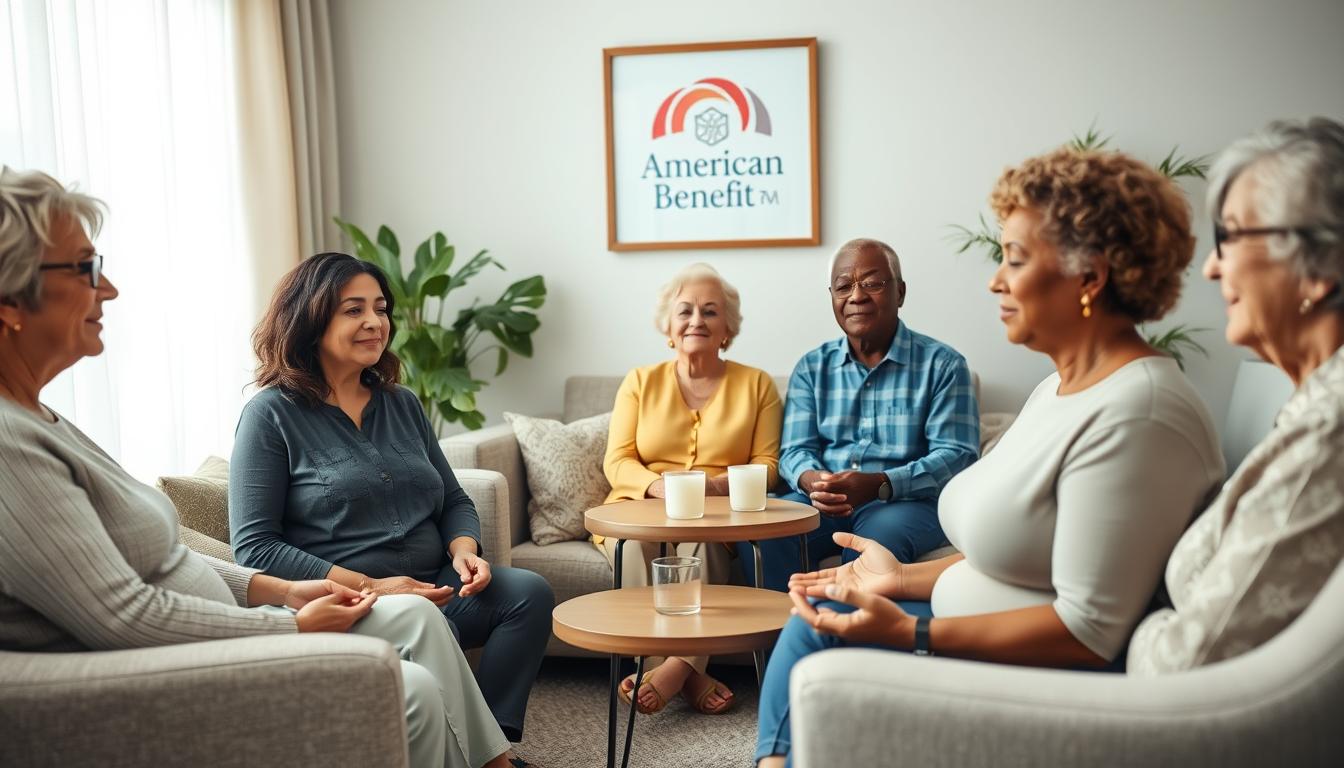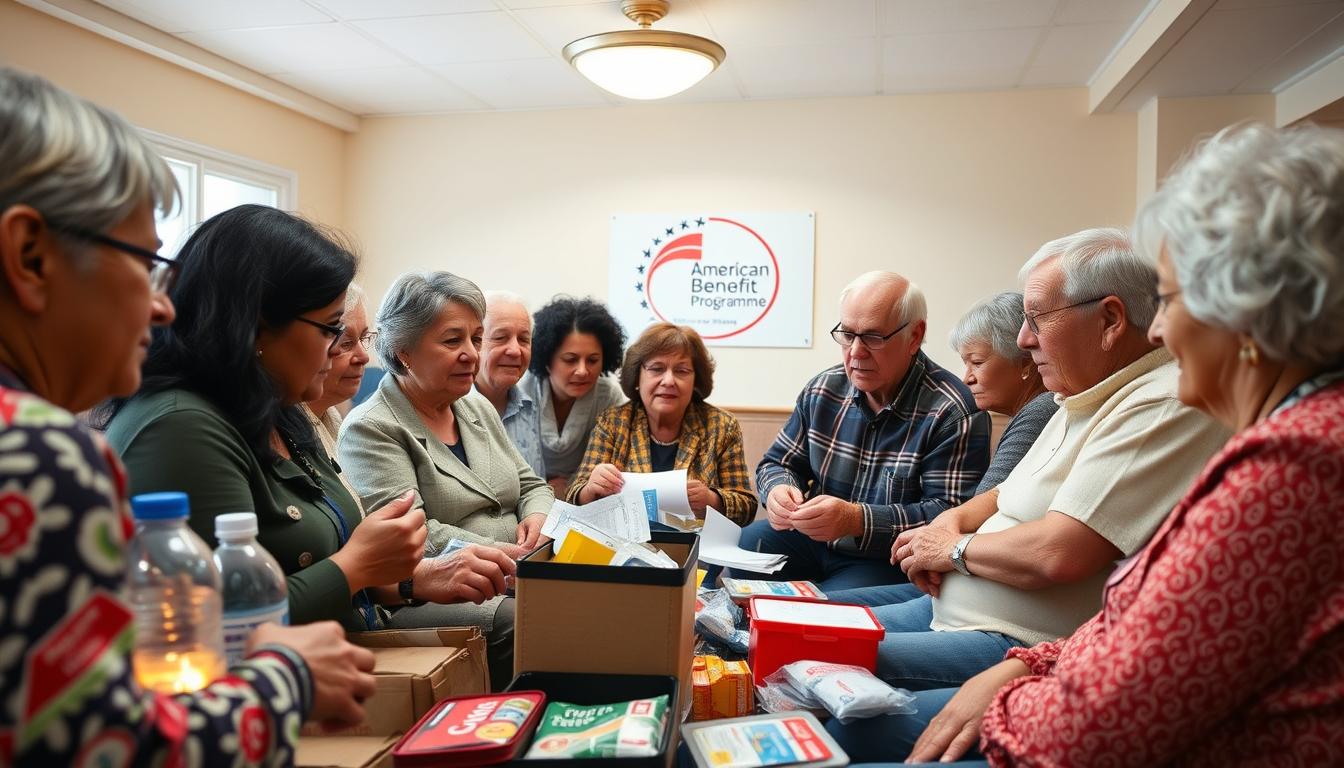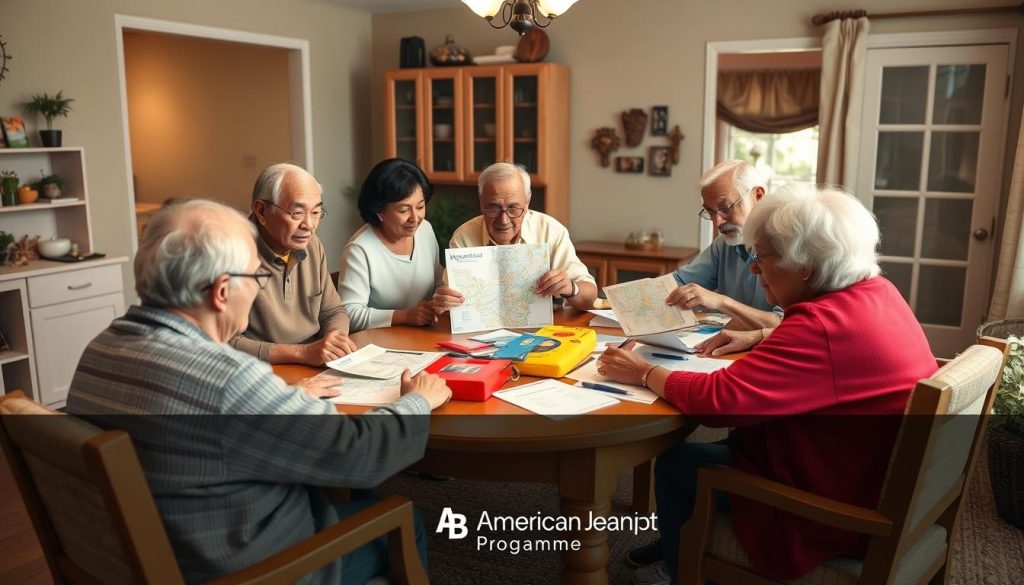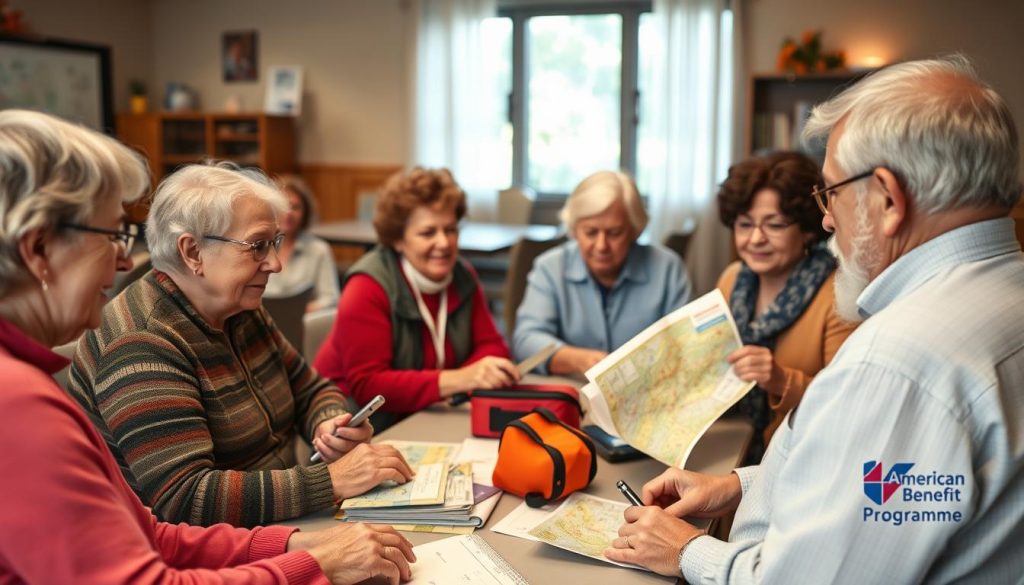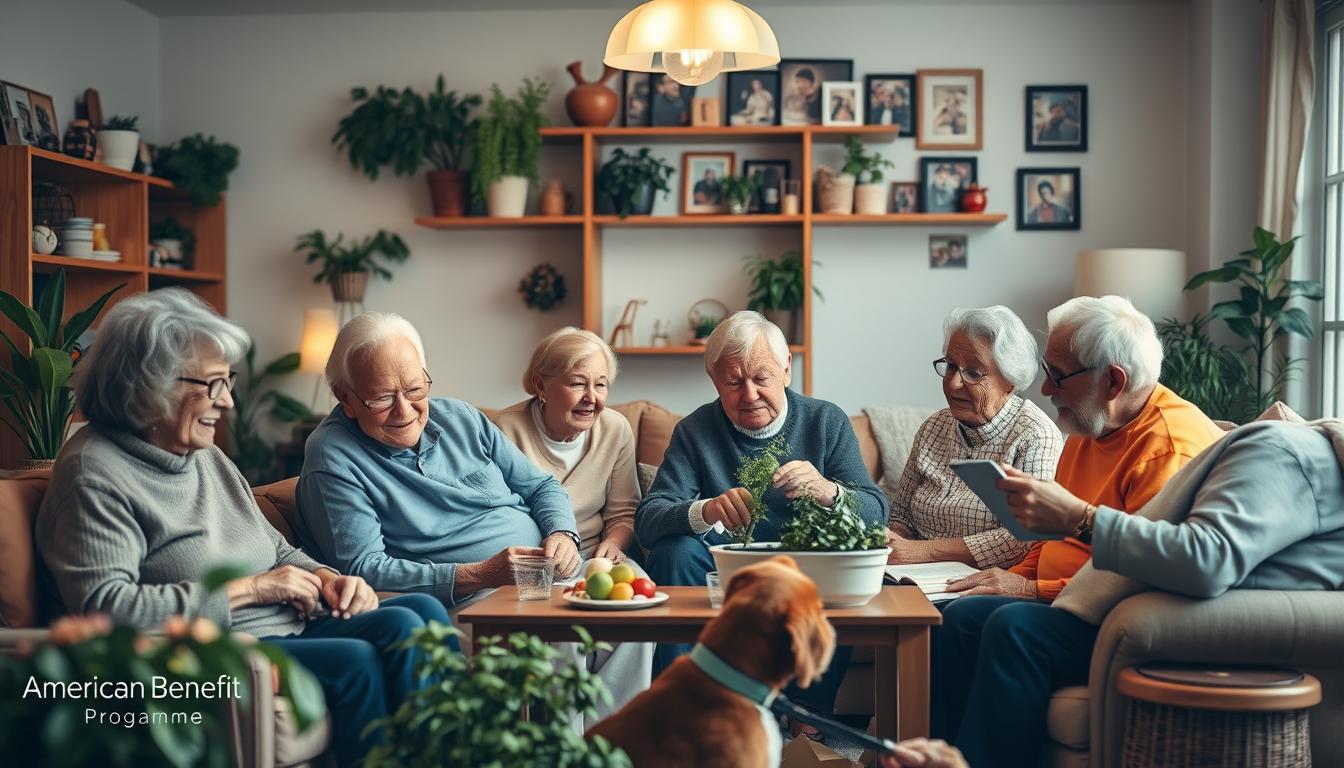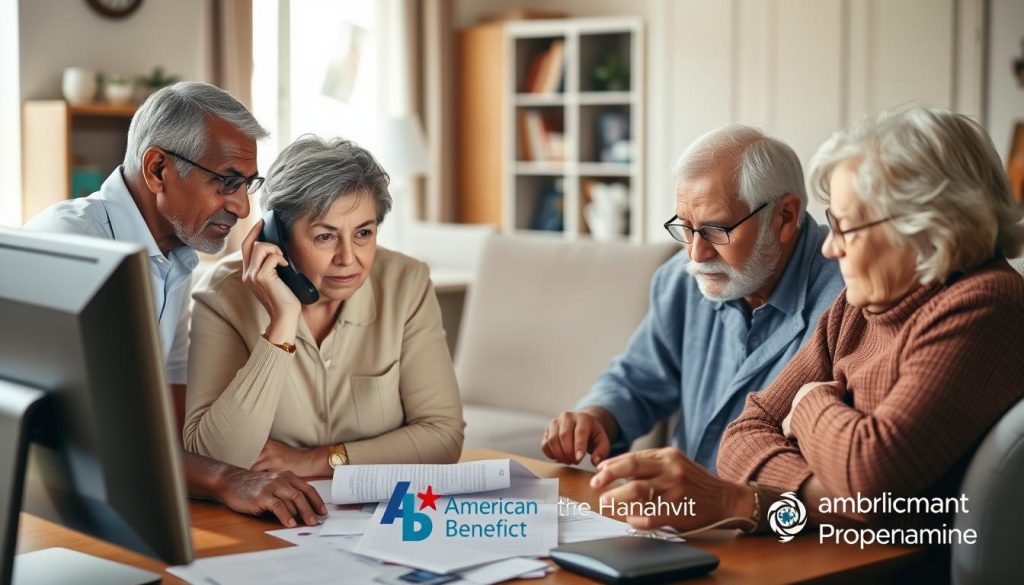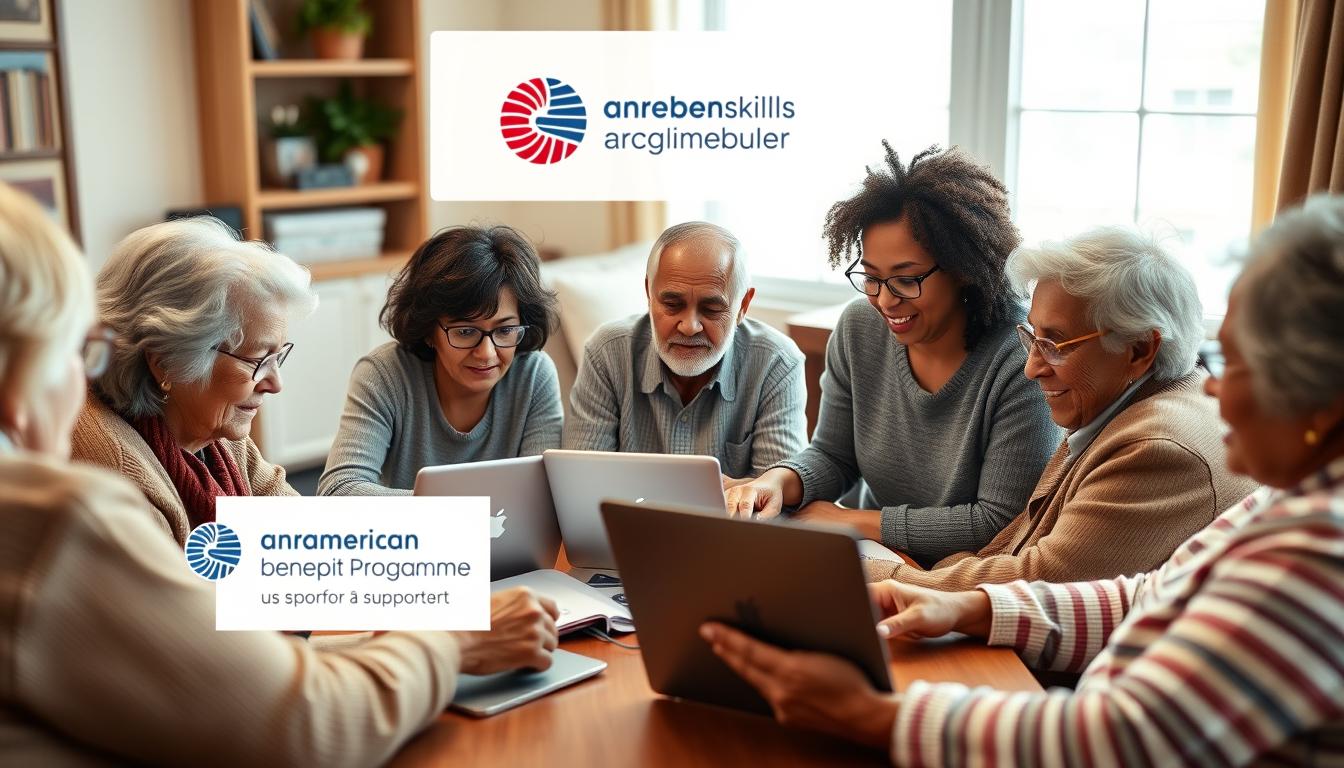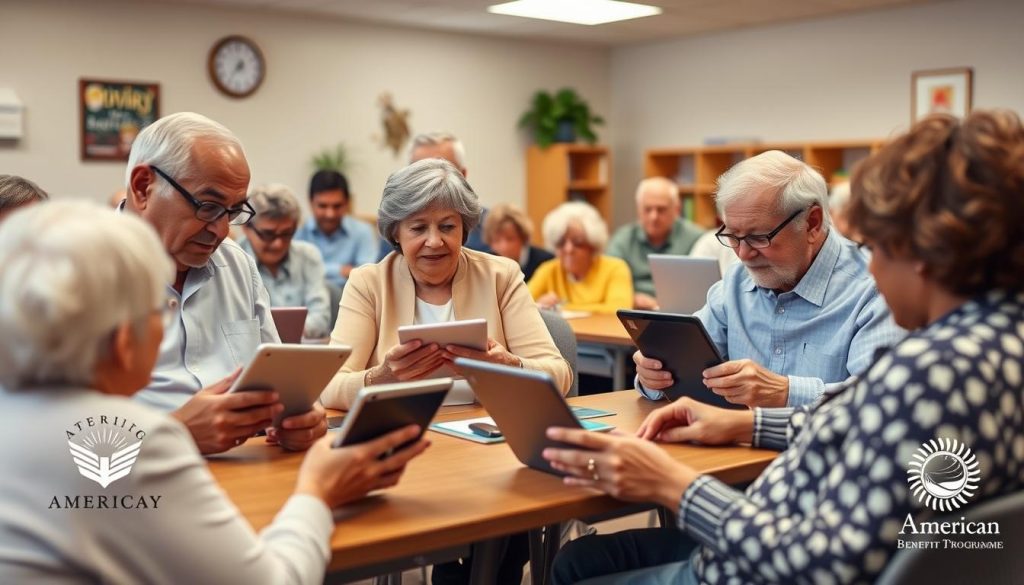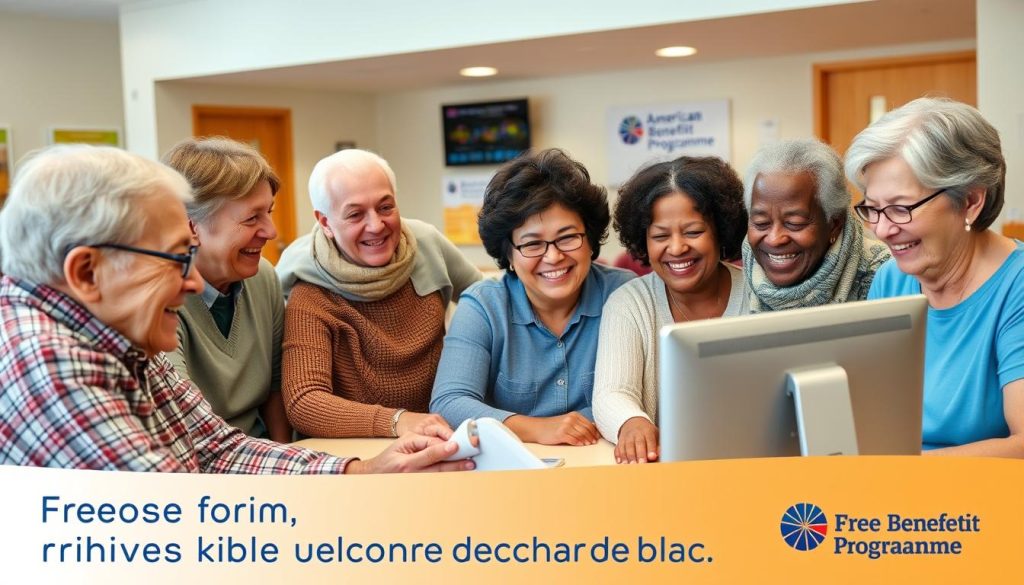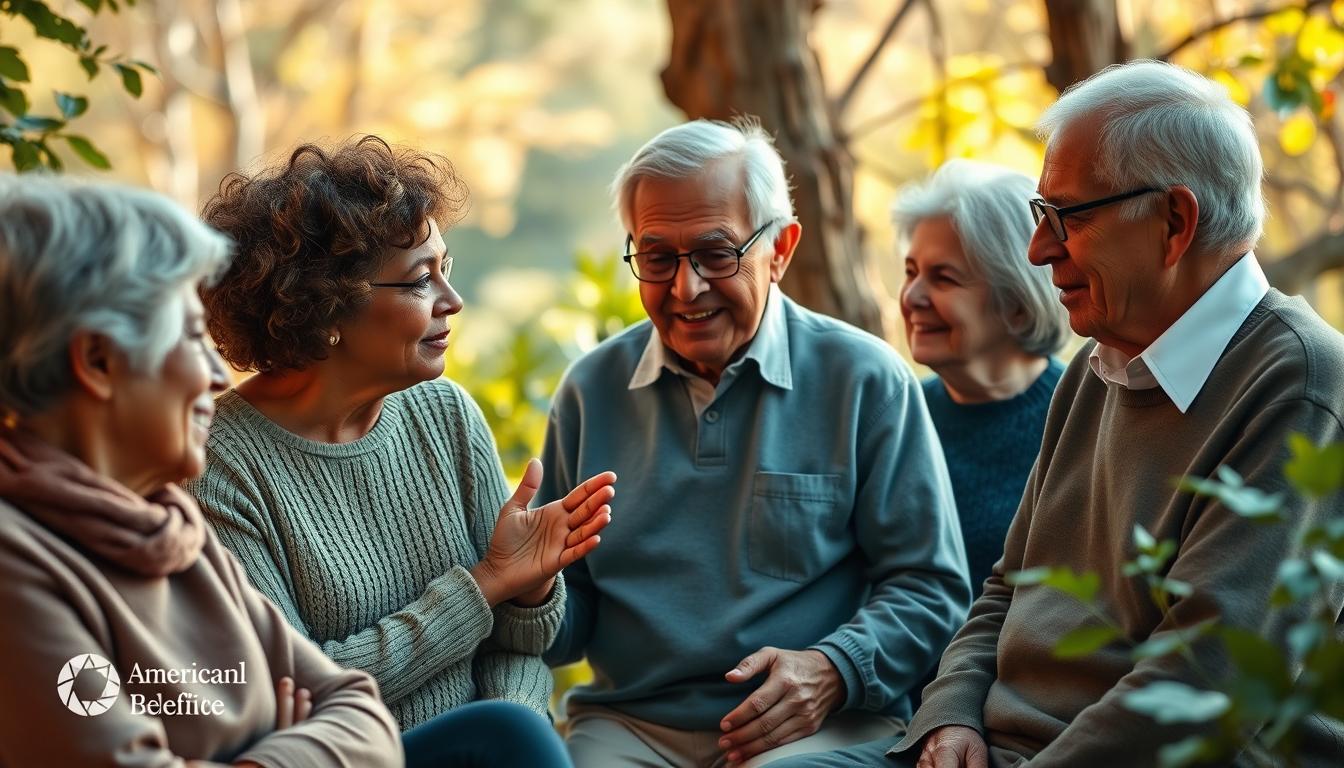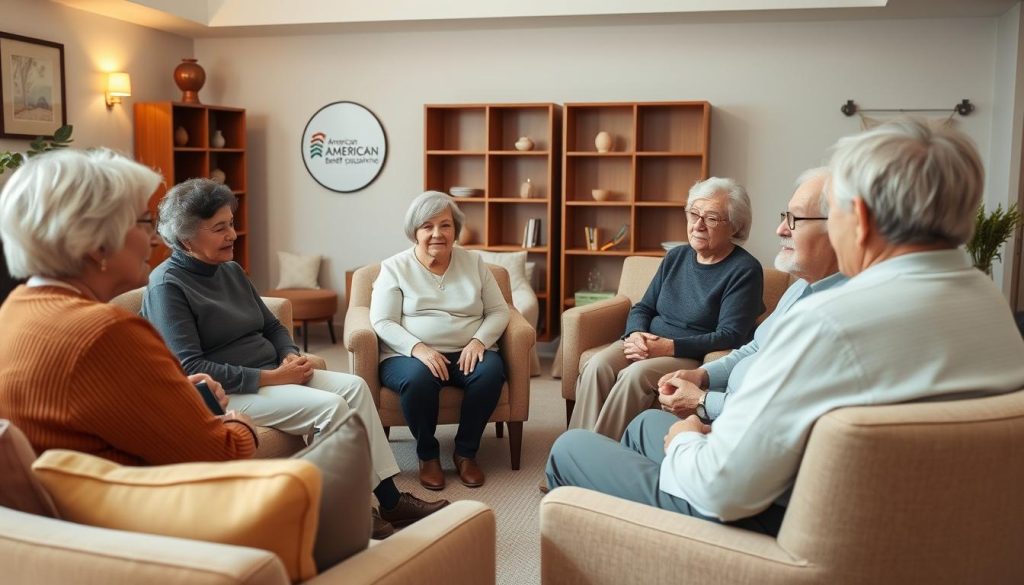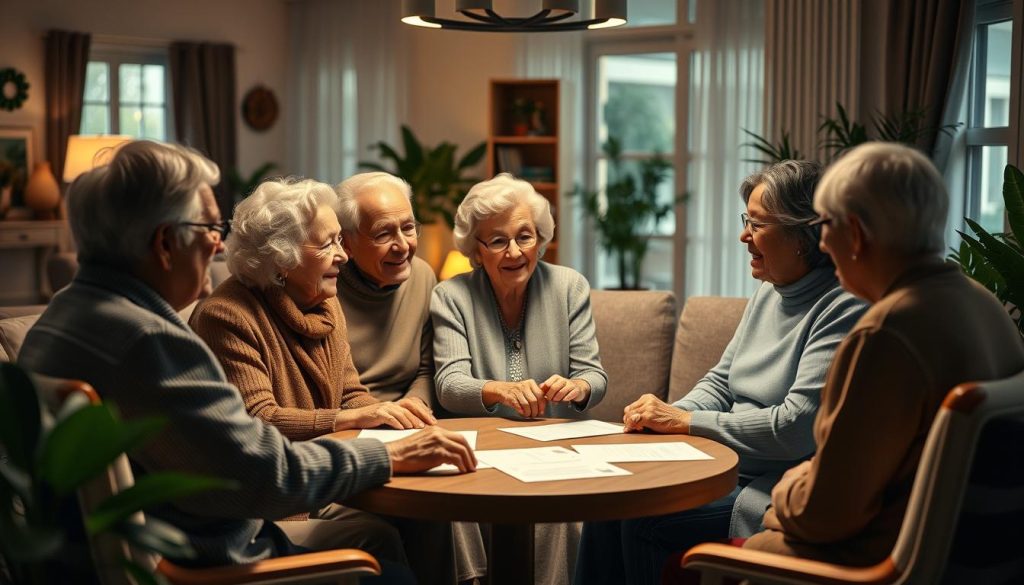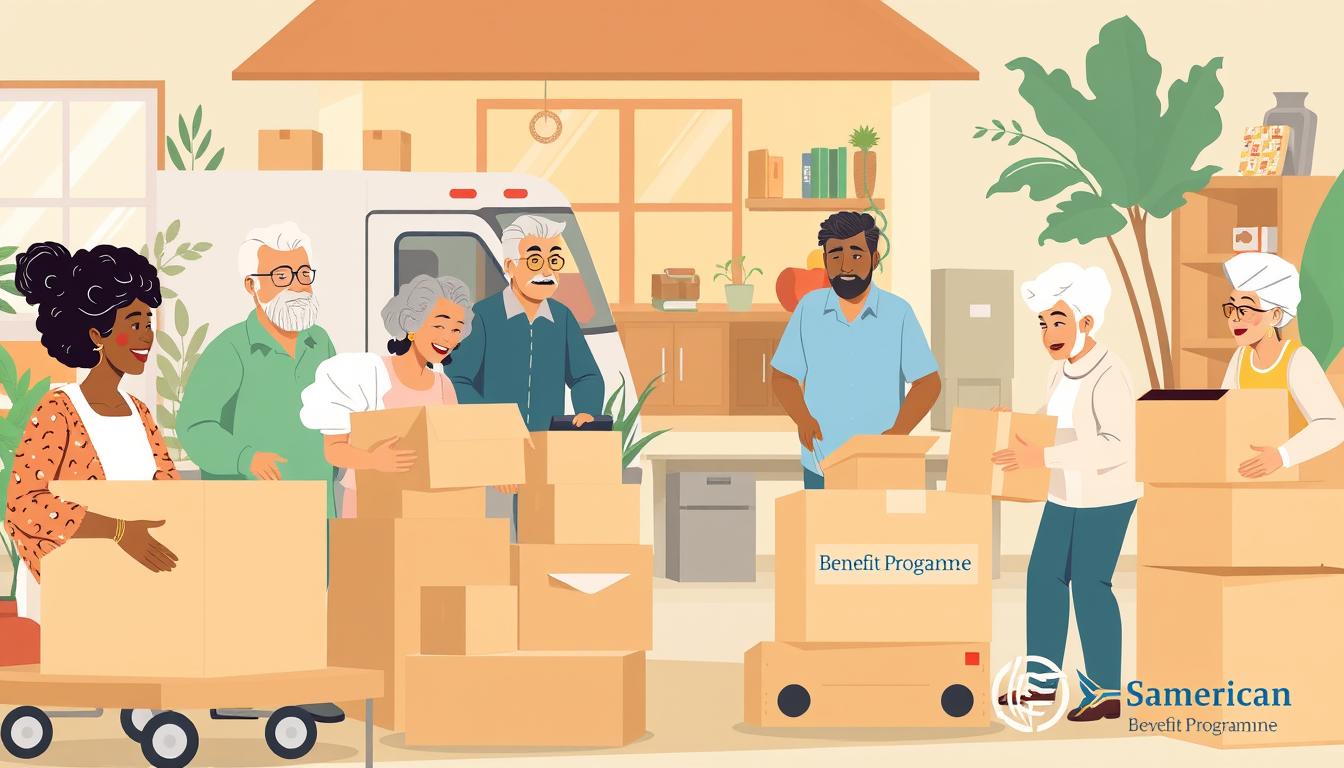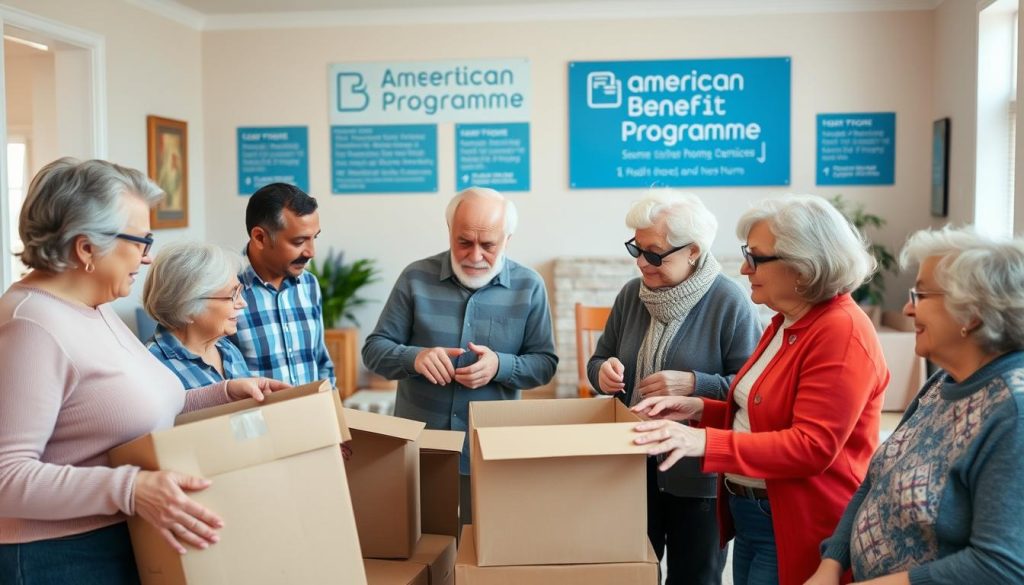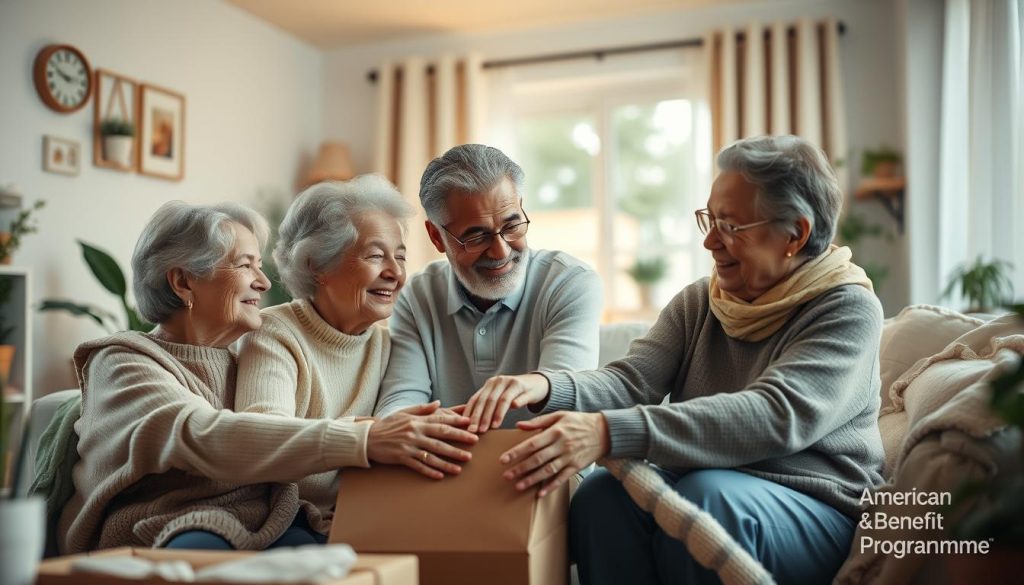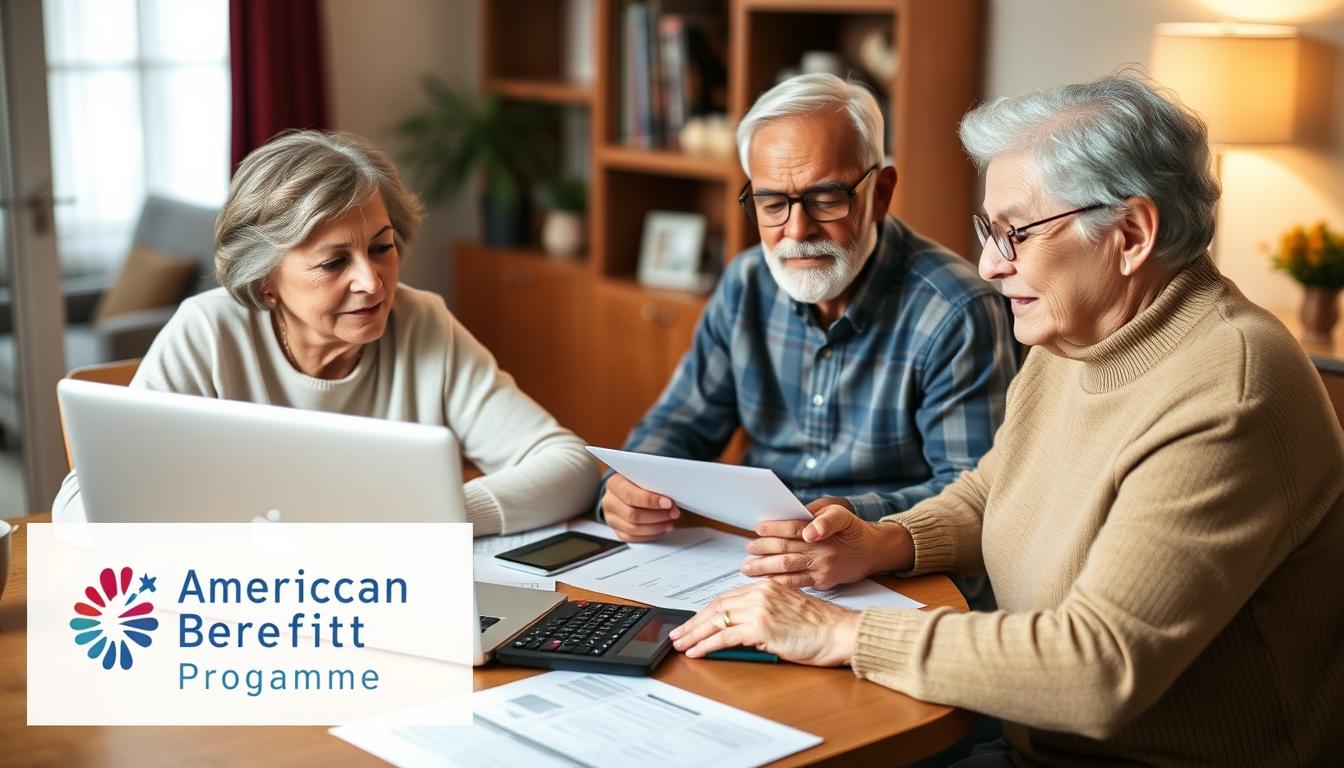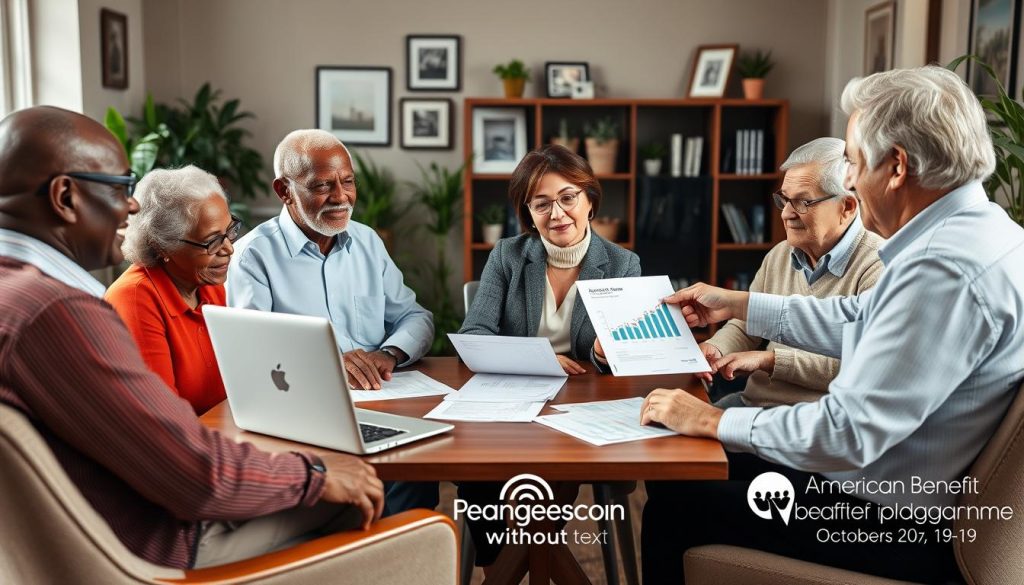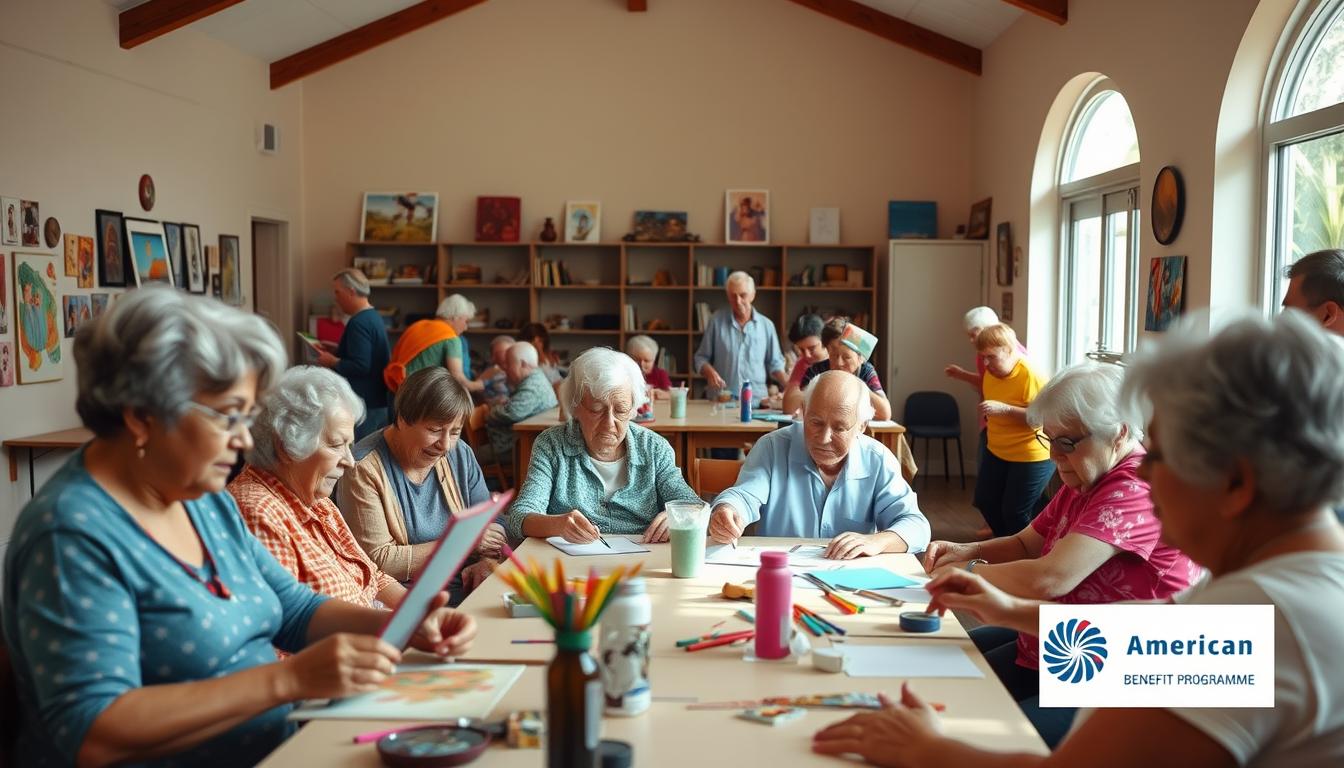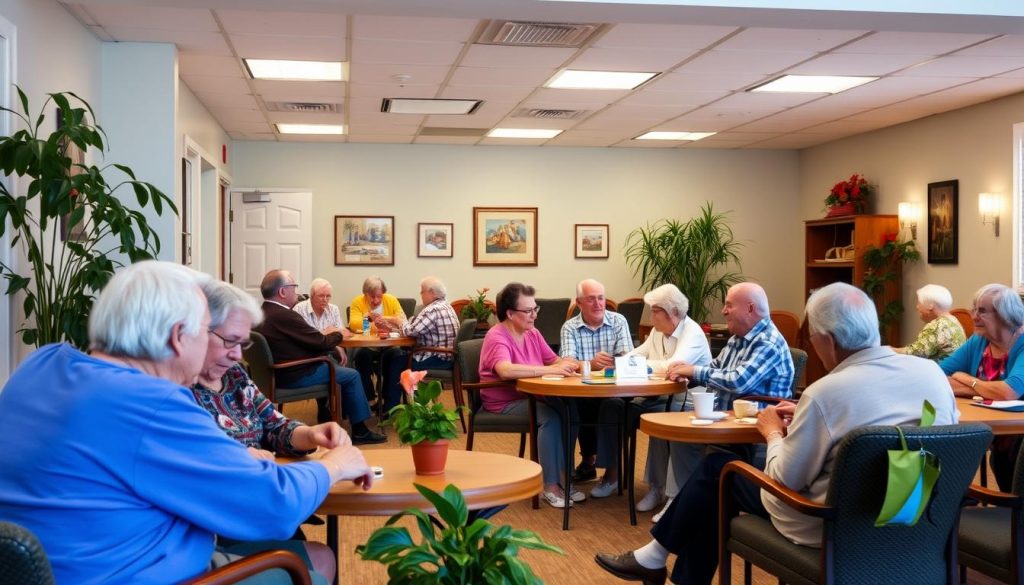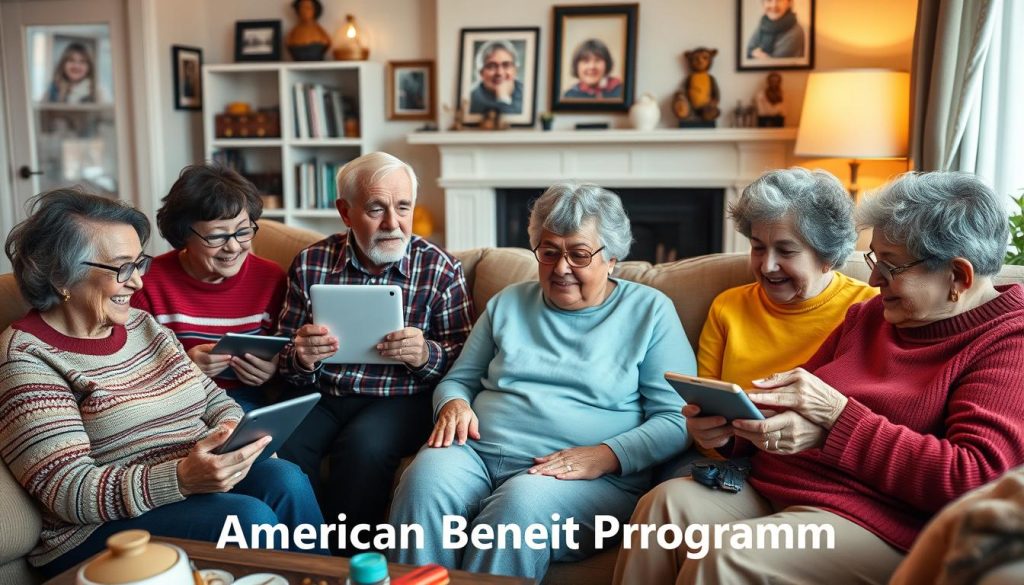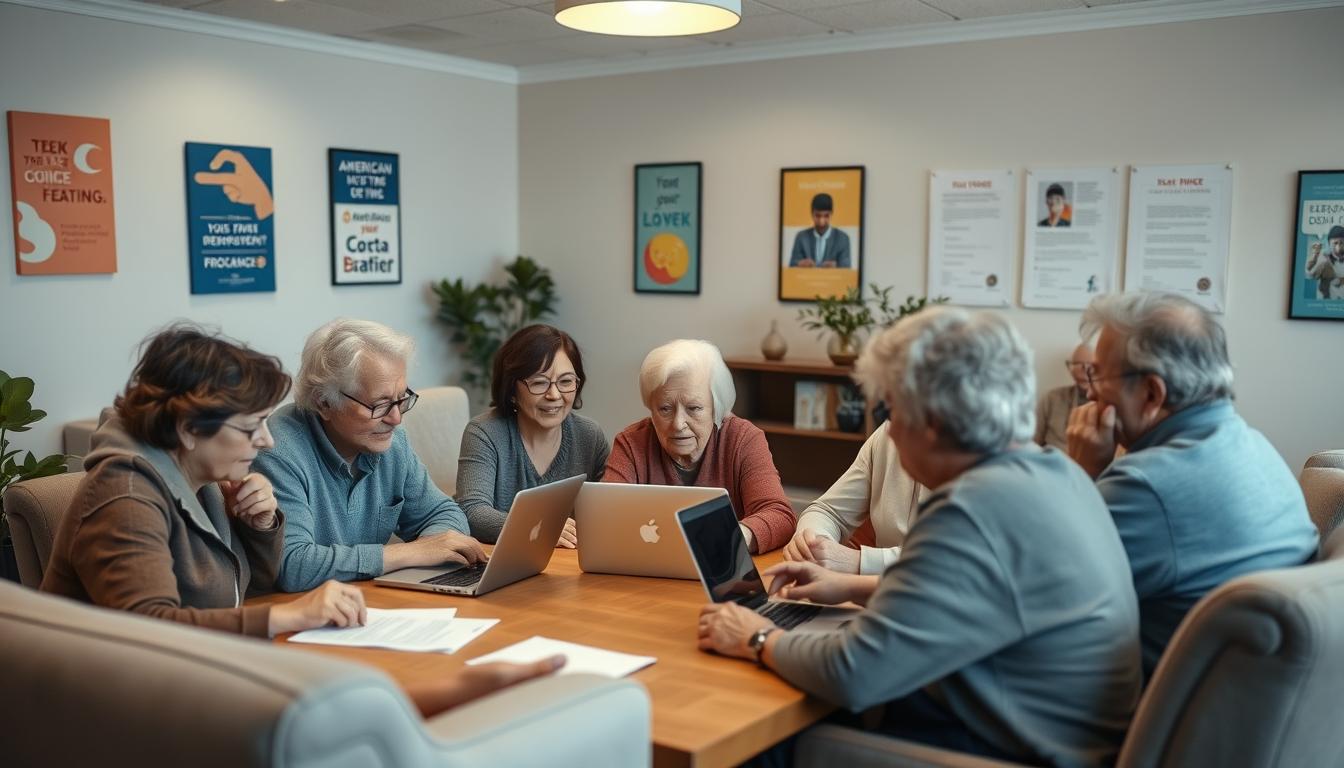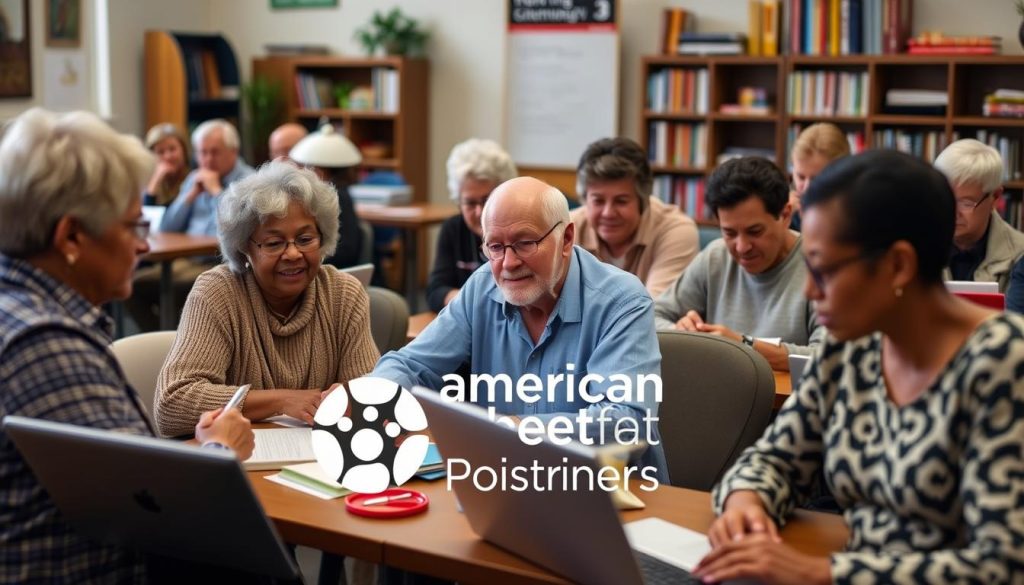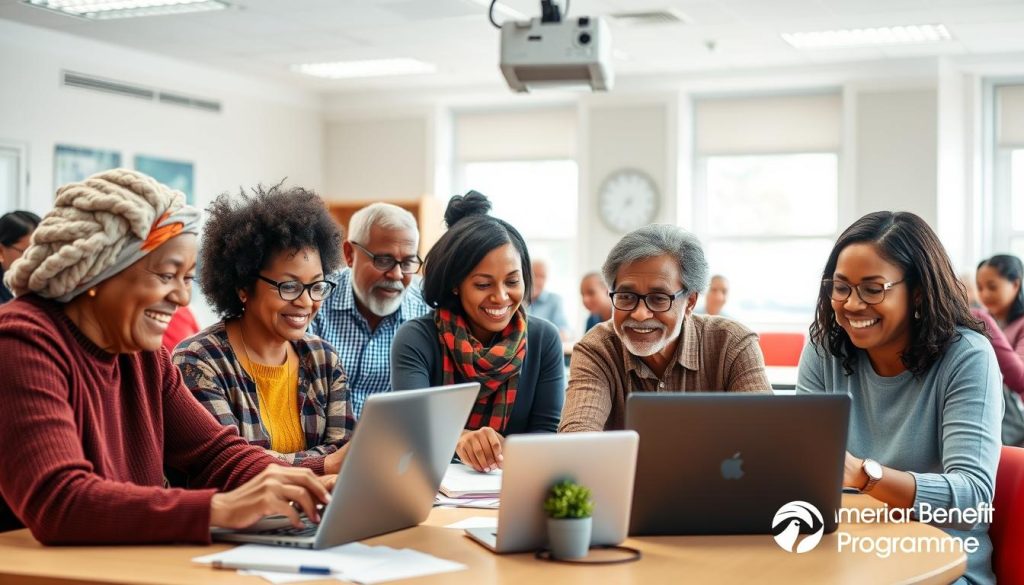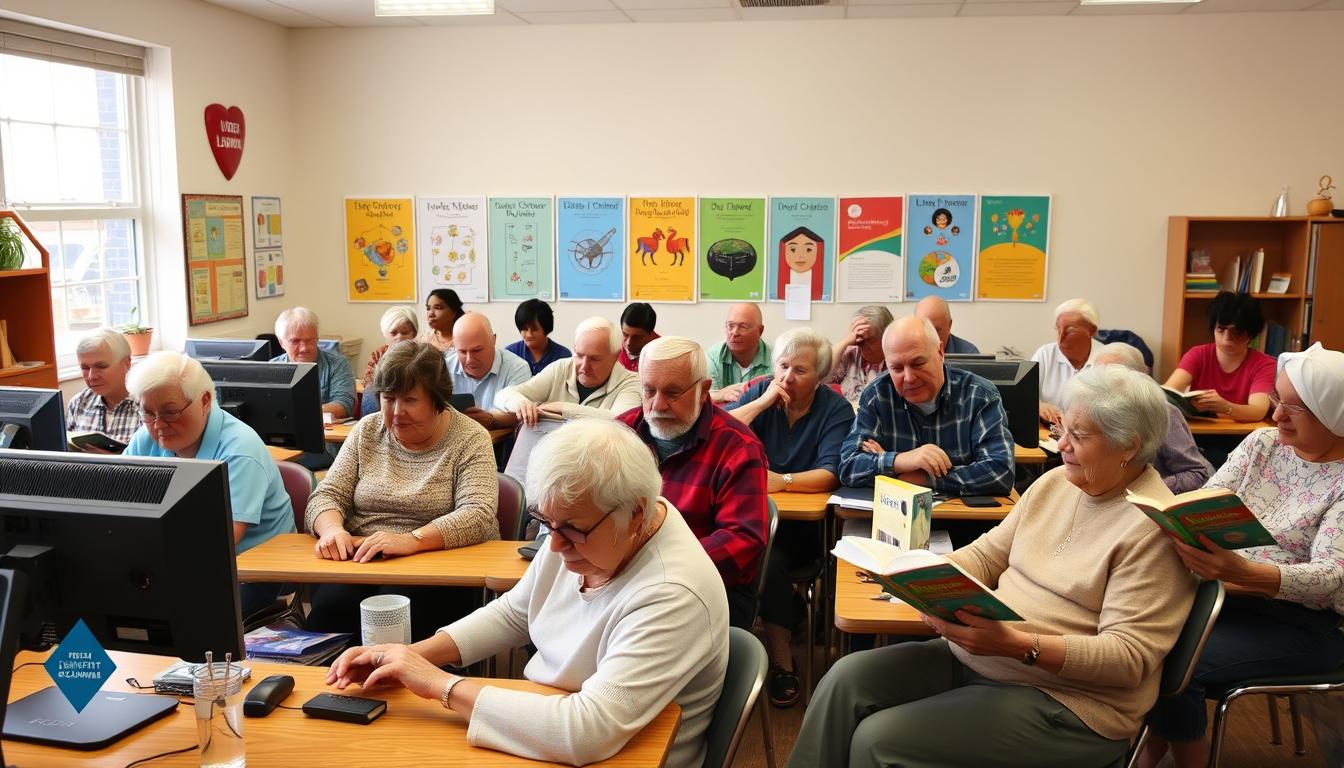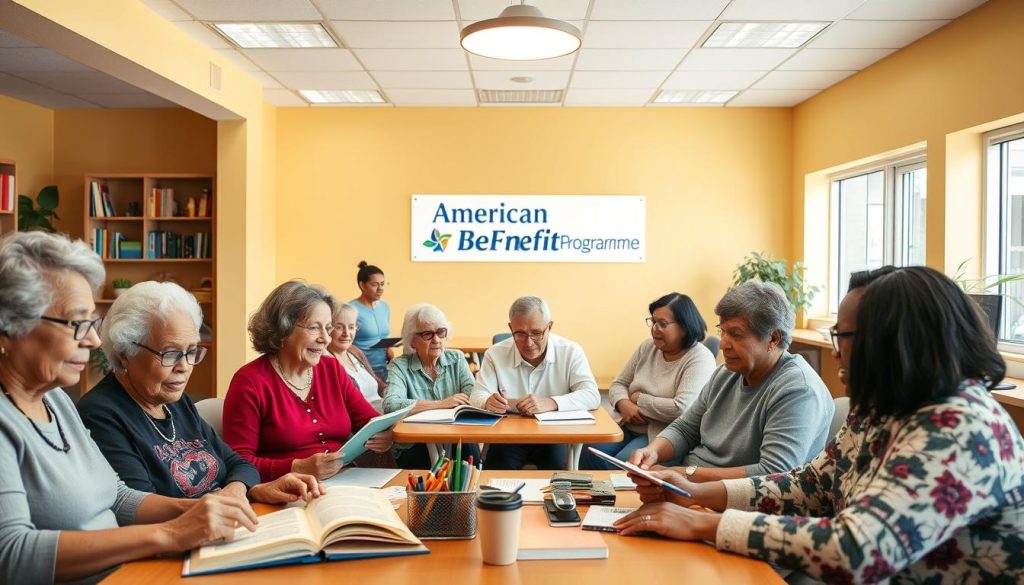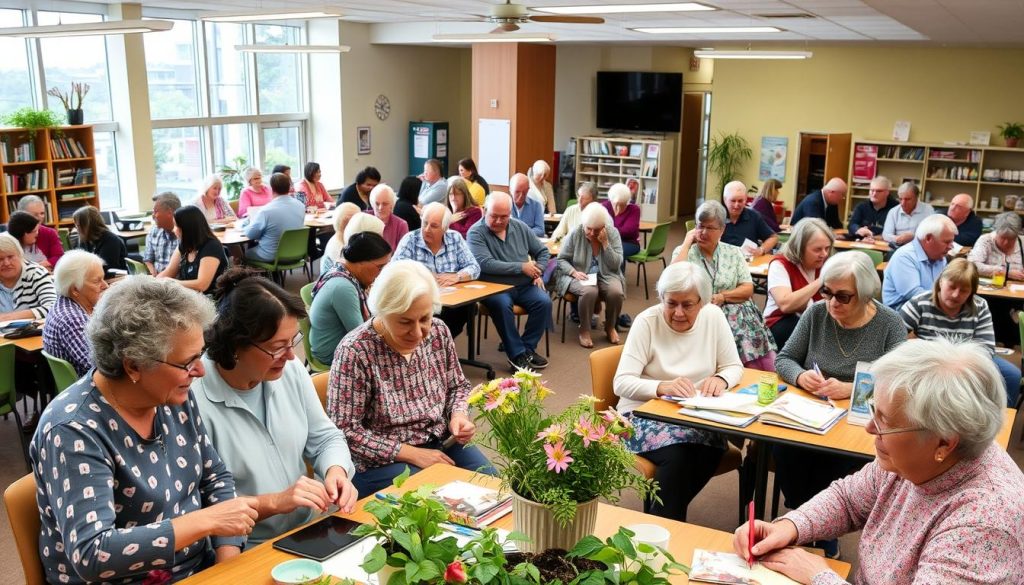Have you ever wondered how families settle arguments about aging parents? Elder mediation services help families turn conflict into teamwork. They are a lifeline for complex issues around elderly care.
This guide will explain the important parts of elder mediation. It will show how it helps with caregiving, living situations, and money decisions. Knowing about elder mediation can ease stress and confusion.
Stats show eldercare mediation makes talks smoother, faster, and cheaper than court does12,). Families often prefer it. They feel happy with the unique solutions they find together3. Let’s explore elder mediation services more.
Key Takeaways
- Elder mediation helps families address conflicts related to aging and caregiving.
- It promotes constructive communication among family members.
- Mediation is often quicker and cheaper than going to court.
- Understanding the mediation process can lead to better family dynamics.
- Involving professionals during mediation can enhance the outcome.
Introduction to Elder Mediation
Elder mediation is key for families facing challenges due to aging. It improves communication and understanding. It deals with health care, finances, and where to live. This process is crucial for preventing big family conflicts.
Families sometimes disagree on living situations or care for their elderly. Mediators help find good solutions. They make sure everyone feels listened to. This creates a better situation for solving problems.
The process has steps like choosing a mediator and setting goals. This makes talks more focused and saves time and money. Mediation gives families the tools they need. It leads to good outcomes for everyone. Elder mediation is very helpful for tough family situations.
What is Elder Mediation?
. Families can discuss health care, where to live, and money. This process helps solve these issues peacefully.
Defining the Mediation Process
A skilled mediator helps families talk about aging problems. This person does not take sides. They make a safe space for open talks. Families find common ground on health and living issues together. Mediation supports seniors facing tough decisions, offering helpful services4.
Key Principles of Elder Mediation
Mediation is based on choice, respect, and privacy. Everyone gets to help decide the outcome. The mediator stays neutral, which means more honest talks. Families can share openly and agree on solutions. This prevents future problems. Many seniors plan to avoid disputes, showing mediation’s value4.
Why Families Choose Elder Mediation Services
Families choose elder mediation to help with issues as loved ones get older. This method makes a safe place for every family member to talk about their worries. It builds a bridge for open talks, helping heal and understand within family ties.
Facilitating Healthy Family Discussions
Elder mediation helps families talk openly and nicely. It lowers stress and mends relationships hurt by old fights. The mediation has a clear plan for talks, making sure all voices are heard5. This process greatly betters family bonds, leading to better talks and understanding.
Benefits Over Traditional Litigation
Choosing mediation over court battles has many benefits for settling elderly issues. Court fights can worsen family strains and leave deep scars. Meanwhile, mediation saves money and time by skipping long court processes6. Plus, families often like the outcomes more since they help shape them6. This method lets families keep control, making solutions that keep them united.
Aging and Family Dynamics
Aging can make family life complicated. This leads to conflicts impacting relationships and choices. When kids start caring more for their aging parents, disagreements can arise. These can be about who does what, money, or where parents should live. It’s key to know what causes these fights. This helps solve them and make talks more helpful.
Understanding Conflict Triggers
Money, health choices, and caregiving can cause family tension. As parents get older, fights about money or wills get more common. These problems, getting worse with caregiving stress, can hurt family ties. Tackling these issues early helps families talk better in elder care mediation37.
The Role of Communication in Resolving Disputes
Good talking is key to solving these disputes through mediation. It lets family members share their needs and feelings. This makes for a caring setting. Good communication leads to honest talks on tough topics. It also finds common ground among siblings for their parents’ care. Studies show mediation often solves these conflicts quickly. This makes family relationships better for future talks7.
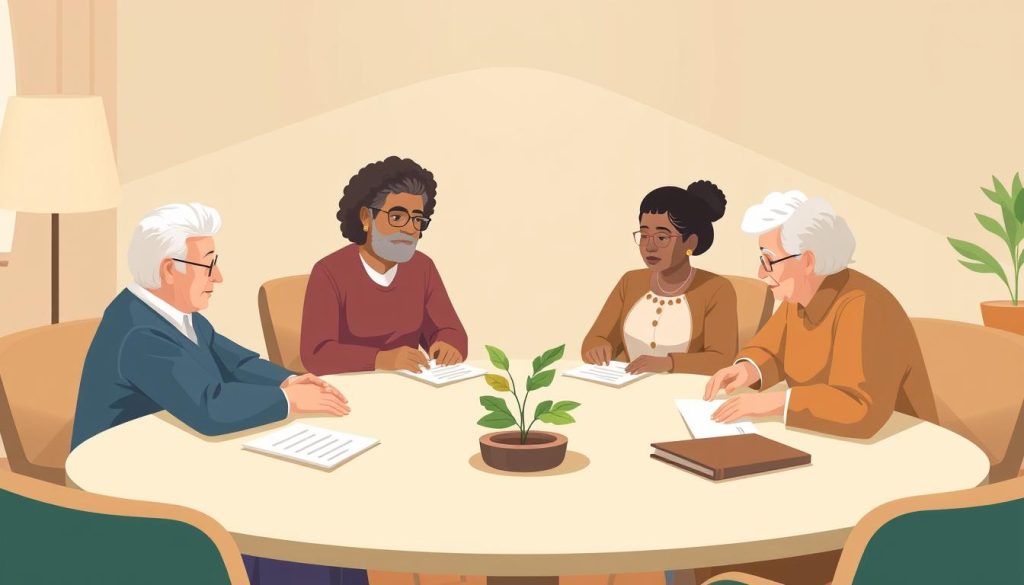
Additional Benefits of Mediation in Senior Conflict Resolution
Elder mediation services have special perks, like keeping things private and costing less than court. These perks help families solve problems with kindness and understanding.
Confidentiality and Privacy
Elder mediation really values confidentiality. This means talks are private, making a trustworthy space. People can share openly8.
Because everything is private, elders can talk freely. They use their wisdom without worry. This keeps everyone feeling safe.
Cost-effectiveness Compared to Litigation
Mediation saves money compared to court fights. It’s cheaper, so more families join in9. Saving money means families can work on solutions, not waste funds on legal fees.
Studies show mediation talks usually last about two hours, but can take longer if needed9. Families avoid long, stressful court cases. They can focus on good solutions for all.
How to Find Qualified Senior Mediation Specialists
It’s important to find skilled senior mediation specialists for elder disputes. Start by looking at local mediation offices. They often have experts in elder issues. You can also try advocacy groups for referrals. They know professionals who understand family issues related to aging.
Try online directories meant for elder mediation to help in your search. Make sure these mediators know about elder care issues like financial and legal matters. The cost for a private eldercare mediator is between $100 to more than $500 per hour1011. This makes it important to think about what you can afford when choosing a mediator.
Look for mediators with backgrounds in law, social work, or counseling1011. This helps them understand family emotions and dynamics. Also, ask about their experience with elder mediation. This will show their level of expertise. For complex family issues, mediation might take several hours or meetings1210.
You might want to think about online or phone mediation. This is helpful if family members live far away. Remember, there’s no formal license or national credential for elder mediators1011. This means you should carefully check the mediator’s qualifications.
Elder Mediation Services: How They Work
Elder mediation services help families talk about aging, care, and disagreements. They make conversations easier and focus on what older people need. Here, we’ll look at the steps in mediation and what happens in them.
The Mediation Process Steps
Mediation starts with meetings to talk about problems with a mediator. People might meet alone first to share their worries. Then, everyone comes together for talks. These talks deal with living situations, caring duties, and plans for the end of life. By sharing thoughts, families can agree on solutions (source: elder mediation services)13.
It’s key to set goals and times in senior family mediation. This helps everyone know what to talk about and make choices. The mediator knows a lot about helping elderly families. They make sure all people know their rights and duties. This way of working together brings families closer and solves problems.
What to Expect During a Session
During mediation, everyone should feel respected and heard. The mediator gives people a chance to say what they think and feel. This is important because most conflicts are because people don’t understand each other or disagree on duties and care.
All family members and close friends might join in. This ensures that everyone’s ideas are heard for solving the problem. Mediation looks for quick fixes, not long-term therapy. It’s about finding what works best for the family (source: elder mediation services)14. What’s agreed on can help with legal choices later, if needed. Families can trust that mediation helps them work together better and lessen fights.
Common Issues Addressed in Elder Mediation
Elder mediation helps families deal with big issues related to their older loved ones. It offers a place for talking and fixing problems in key areas. This way, it helps solve elder disagreements well.
Caregiving and Care Plan Disagreements
Families often disagree on who does what in caregiving. This can harm close bonds. Mediation helps make everyone’s duties clear. It helps create a care plan that considers everyone’s feelings and ideas.
Financial Decisions and Estate Planning
Talking about money matters like expenses and wills is delicate. Elder mediation creates a safe space for these talks. It helps avoid bad feelings and mix-ups. This keeps peace among family members planning an estate.
Housing and Living Arrangements
Finding the right home for older family members is tough. Deciding on places like assisted living needs a lot of thought. Mediation helps talk it out so all opinions count. It looks at costs clearly to find good solutions for all.
Elder mediation covers important topics from caregiving fights to money and housing worries. It lets families keep good relationships, making elder care better. This method is cheaper and faster than court for elder issues15. It lets families fix problems about care, money, and homes while valuing everyone’s views and keeping ties strong16.
Preparing for an Elder Mediation Session
Getting ready for an elder mediation session helps make sure it goes well. Families should think about what issues they need to talk about. This step leads to better discussions and solutions. Understanding everyone’s views and focusing on common goals is key in mediation for seniors.
Identifying Key Issues to Discuss
Before starting elder mediation, families should figure out the main issues. These might be caregiving, money matters, or where to live. Knowing what to talk about makes sure nothing is missed. Sometimes, feelings like anger or guilt come up. Talking about these feelings early can make things less stressful. This makes it easier for families to talk things through17.
Involving Other Family Members and Professionals
Bringing in other family members and experts, like financial planners, helps a lot. They offer different viewpoints. This helps everyone understand the issues better and supports the senior. Including important people makes the mediation work better. It makes sure everyone is heard and keeps the elder’s dignity17&18.
| Aspect | Importance |
|---|---|
| Clear Issue Identification | Helps drive focused discussions |
| Inclusion of Professionals | Provides expert perspectives |
| Addressing Emotions | Facilitates healthier interactions |
| Respecting Elder’s Wishes | Preserves dignity and autonomy |
Case Studies: Successful Elder Mediation Examples
Elder mediation services are great for solving complex family issues. Here are two examples showing how mediation helps resolve conflicts for the elderly.
Residence Decisions
Choosing where older adults should live can be difficult for families. With elder mediation, families work together to understand what the elderly person needs and wants. This teamwork leads to care plans that everyone is happy with, making any moves easier for everyone.
Resolving Financial Conflicts among Siblings
When it comes to wills and money, brothers and sisters often disagree. Mediation helps them talk things out and figure out how to share without ongoing fights. Using mediation makes sure everyone gets a fair share and keeps the family together.
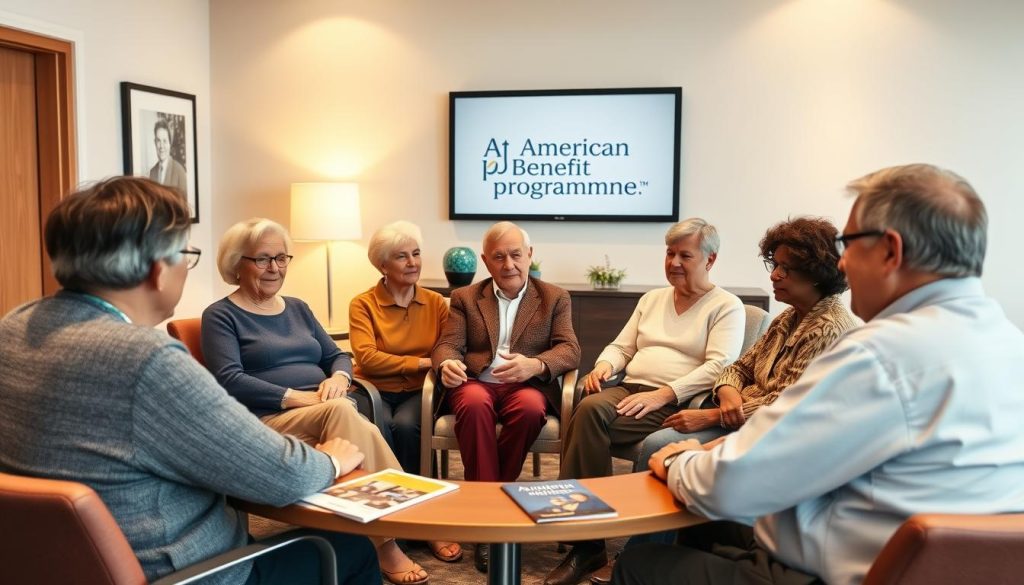
| Case Study | Issue | Mediation Outcome |
|---|---|---|
| Residence Decisions | Transitioning to assisted living | Agreement on care plan |
| Financial Conflicts | Estate planning disagreements | Equitable resource sharing |
“Elder mediation not only resolves conflicts but also strengthens family bonds through collaborative problem-solving.”19
Finding the Right Elder Mediator
It’s really important to pick the right elder mediator to sort out family problems. When looking for someone to help with elder mediation, find someone who knows how to handle family issues20.
What Qualifications to Look For
You should think about the following when choosing a mediator:
- Specialized Training: Pick mediators trained specially in elder issues. They’ll understand the aging process better.
- Experience: Choose someone with a good history in solving family disagreements about elderly care.
- Understanding Family Dynamics: They should get how families work and what might cause arguments.
- Ethical Standards: Make sure they follow rules about keeping things private and being fair to everyone.
Interviewing Potential Mediators
When you talk to mediators, ask them:
- Mediation Style: Find out how they handle talks, especially on touchy subjects.
- Areas of Expertise: Check if they know about caregiving, money, and health decisions, which can lead to fights.
- Confidentiality Practices: They should be able to keep family issues a secret.
- Fees: Talk about how much they charge. Costs can be between $100 and $400 an hour.
Conclusion
Elder mediation helps families solve conflicts about elderly care. It gives a clear way to talk and agree on care, money, and living places. More lawyers now add elder mediation to their work. This shows it’s becoming key in solving family disputes about aging loved ones2122.
This method is great not just for solving problems, but also for keeping families close. It helps ease the stress from tough talks about getting older. This can make things better for families facing hard times2122. Elder mediation is a kind and respectful way to handle aging-related family issues.
There’s more focus now on teaching mediators to handle these cases well. This makes families trust elder mediation more. As we work to make justice easier for older people, these services help. They find answers and keep family ties strong through tough changes21.
Source Links
- Eldercare Mediation
- Eldercare Mediation | Kaiser Permanente
- Elder and Family Mediation Services
- Elder Mediation — Metrowest Mediation Services
- Elder Care Mediation | Elder Mediation Services
- Elder Care Mediation | Arthur Mediation Services
- When Should Families Consider Elder Care Mediation?
- What is Elder Mediation – Exploring the Role of Elder Mediation in the Prevention of Elder Abuse
- Elder Mediation in Theory and Practice: Study Results From a National Caregiver Mediation Demonstration Project
- Savvy Senior: Elder mediation can help families resolve caregiving conflicts
- Savvy Senior: Elder mediation can help families navigate thorny caregiving issues
- Elder Mediation Services & Dispute Resolution San Diego
- Eldercare Mediation
- Elder Mediation Helps Siblings Resolve Conflicts and Care for Aging Parents – DailyCaring
- Resolving Conflicts Through Elder Mediation – Vanarell & Li, LLC, Westfield, NJ Elder Law Attorneys
- Elder Mediation: The New Crisis Counseling (Part 2)
- Elder care mediation Navigating Elder Care Mediation: A Guide for Entrepreneurs – FasterCapital
- Exploring the Role of Elder Mediation in the Prevention of Elder Abuse
- Family Mediation: Is It Time for a Pro?
- Ethical, Legal and Training Issues
- What Is an Elder Care Mediator? Five Star Senior Living
